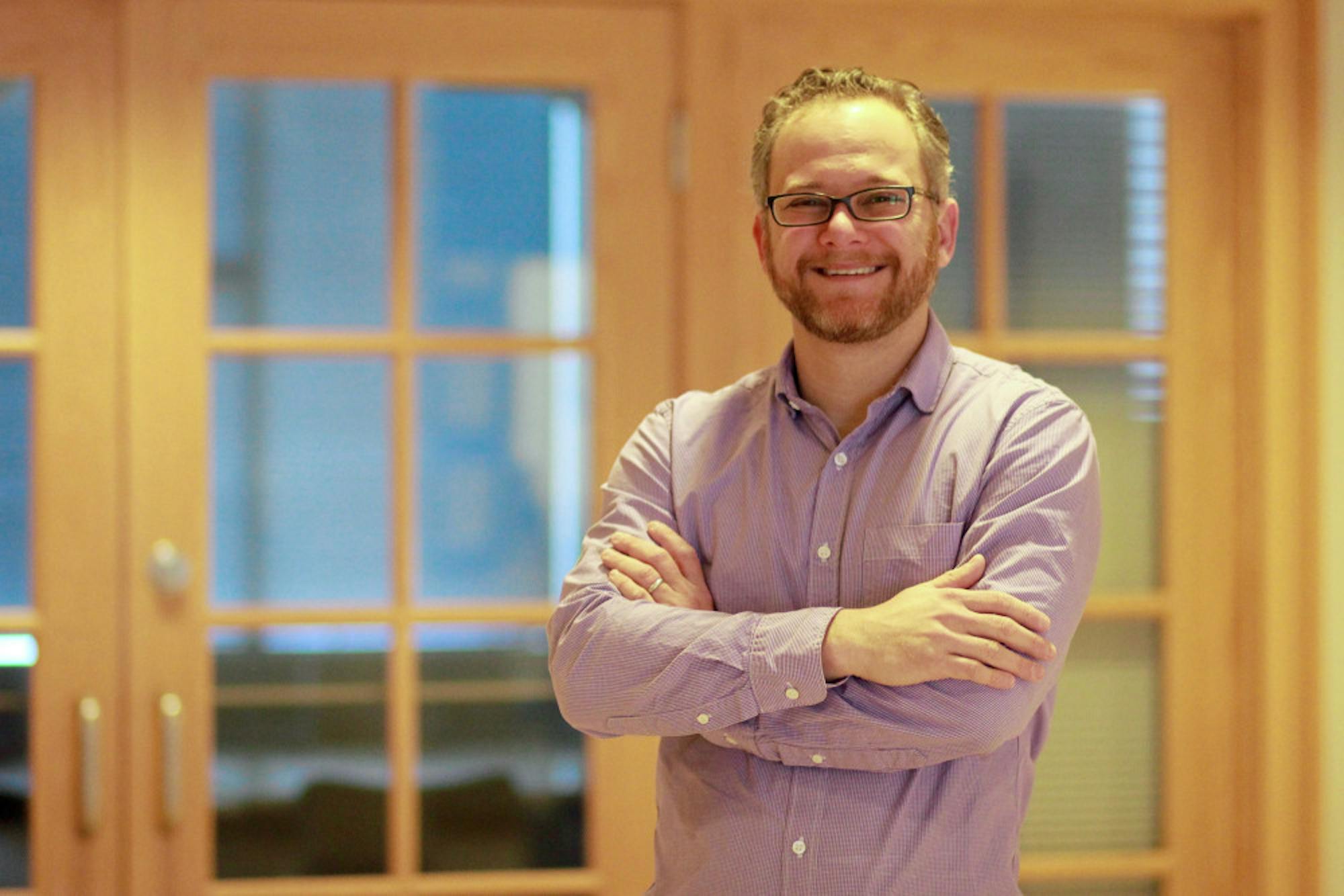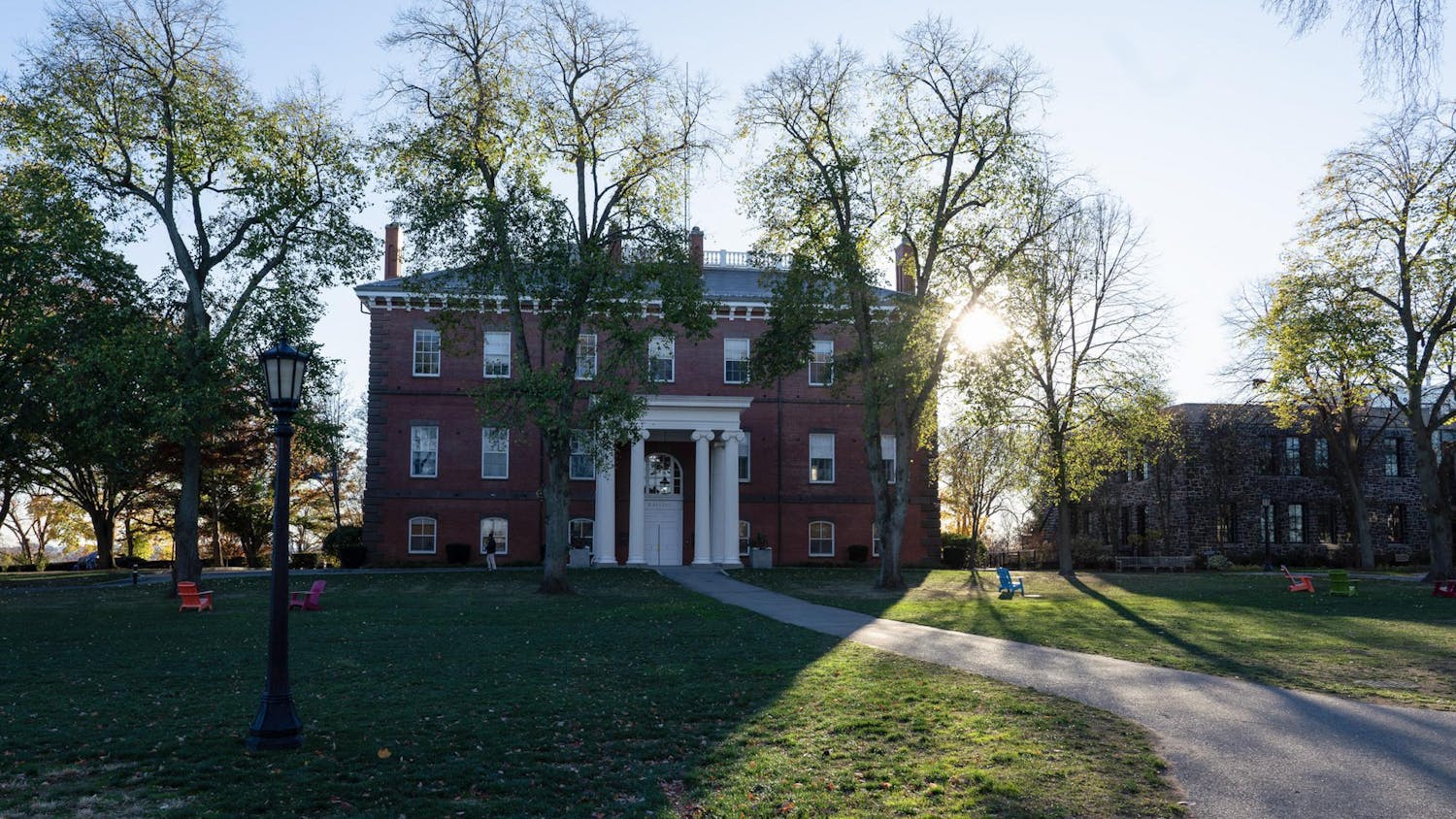A group of researchers, including Associate Professor of Psychology Ariel Goldberg and former Tufts graduate student Naomi Caselli, were awarded a National Science Foundation (NSF) visualization award for ASL-LEX, an interactive and searchable lexical database for American Sign Language (ASL).
Karen Emmorey, a professor at San Diego State University, said that the database currently has around 1,000 signs. It includes data on subjective frequency, iconicity -- which is how closely a sign looks to an English word -- and phonological properties, with an attached video of each sign. These factors are all worked into the interactive design of the database, Emmorey said. For example, high frequency signs are displayed with larger icons than low frequency signs, making them easier to find for users.
Additionally, the database is notable due to the lack of comparable databases for ASL, according to Emmorey.
“This is completely novel, there isn't anything like this," she said. "In fact, there isn't really anything like this in the world."
As a result, ASL-LEX won the 15th annual NSF visualization award in the "Interactive: People’s Choice" category. Caselli, who is now a lecturer at Boston University's School of Education, submitted the database, according to Goldberg.
Goldberg is interested in the award's ability to spread the database to a wider audience. The data is available in an Excel spreadsheet to assist researchers and in a visual format for the general public.
“One thing that’s interesting to us, and is something that we want to spend time thinking about, is: 'How do we make these data accessible to people?'” Goldberg said. “What the visualization can do is provide a different way of accessing the information or thinking about it.”
ASL is the language of many deaf Americans, but it is rarely taught early on in childhood, which results in language deprivation, according to Caselli.
“The experience of not having any language right in the beginning of life has lasting consequences on language processing and cognition," Caselli said. "I wanted to know whether there were long-term effects of language deprivation on how people process signs."
In order to further research this question, Caselli -- then a graduate student under Goldberg -- reached out to Karen Emmorey, a professor and researcher studying sign language at San Diego State University. She looked to obtain more data on the amount that specific signs are used in conversation, based on subjective personal ratings from native signers.
“I've been working with these subjective frequency ratings for a long time, where you have to control or think about frequency,” Emmorey said.
Caselli and Emmorey then began to collaborate on creating the database with the help of Goldberg, who has a background in linguistic research, as well as research into how relationships between sounds of speech contribute to language.
Although the database was originally geared towards researchers, the research and corresponding visualization has been useful to other groups as well, Caselli said.
“As we carried on, it became clear that educators and people learning sign language, whether it's deaf children or people taking sign language in classes, would also benefit from being able to access the information," she said. "We wanted to figure out how we could make it more approachable to non-researchers."
According to Caselli, developing the database came with challenges, particularly in the small details relating to the struggles of not having a written basis for the language.
“One of the challenges and one of the advantages for ASL-LEX, because there is no way of writing down what each sign is, is trying to keep track of which sign it is that we're talking about, making sure that there's not duplicate items," she said.
ASL-LEX will likely continue to expand with the assistance of funding from a separate NSF grant that the team received to work on the database, according to Goldberg. The researchers hope to continue psycholinguistic and behavioral research using the funding, he said.
“Right now we have a little bit under a thousand signs, and part of what the money from the grant will go towards is adding 1,500 more signs to the database,” Goldberg said.
Tufts professor, other researchers win award for sign language database

Ariel Goldberg, co-director of the linguistics minor, poses for a portrait in the Tufts University psychology building on Feb 17th.





